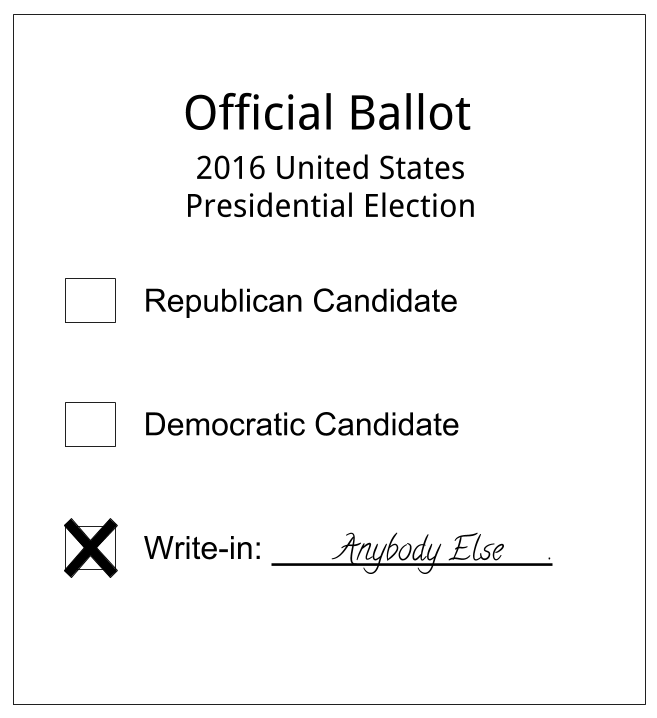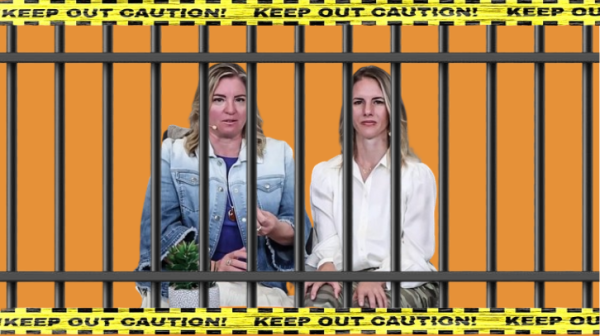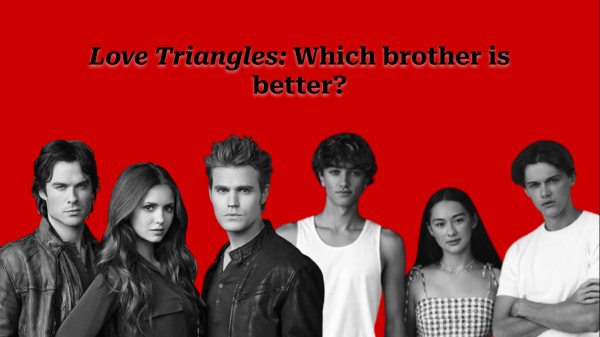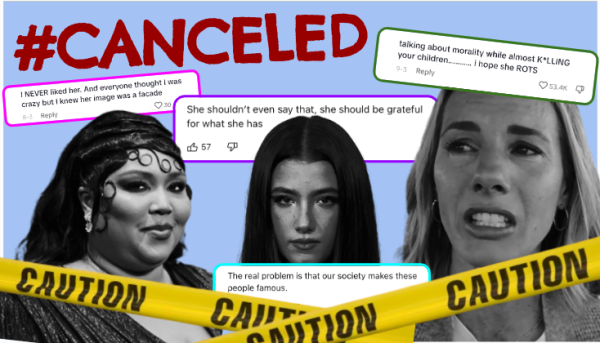No knight in shining armor: Third parties looking to finish last this election
May 19, 2016
With the controversial presumptive Democratic and Republican nominees inching closer to official nominations, the idea of a third-party candidate entering this year’s presidential election has gained some traction, with Bill Kristol of The Weekly Standard meeting with Republican Mitt Romney to discuss the matter and with Libertarian candidate Gary Johnson claiming that his party has a “real opportunity” in this election cycle.
Several names of potential third-parties have been mentioned, ranging from Vice President Biden to former NYC mayor Michael Bloomberg to Speaker of the House Paul Ryan. But how would a true third-party candidate, one drawn from outside of the major parties, affect this most important of elections? I’m sorry to say, it won’t help at all.
There are three major third-parties in the United States: the Green Party, the Constitution Party, and the Libertarian Party. In general, these organizations can be defined by their oft “fringe” aspects of their ideologies, such as the Green Party’s intense environmentalism, the Constitution Party’s Christian far-right standing, and the Libertarian Party’s eclectic mix of social liberalism and economic conservatism.
A presidential candidate from each of these political parties could affect the election, albeit in vastly different ways. It is possible for a third-party to have an intense effect on presidential elections, as can be seen from Ralph Nader’s 2000 campaign. Nader ran as the Green Party’s candidate in the 2000 presidential election. He and the Green Party appealed to liberal voters, which some would say “stole” voters from Al Gore, allowing George W. Bush to win the election. This is now known as the “spoiler controversy.”
The Green Party has nearly 250,000 members and promotes such causes as environmentalism, social progressivism, and populism. It has drawn the Democratic vote in the past, as evidenced by Ralph Nader’s aforementioned 2000 presidential bid, and could do so again. However, stiff opposition to environmentalism and clean energy alternatives──highlights of the Green Party’s platform──from the energy industry (a heavy contributor to US political campaigns) may serve to defeat a Green candidate.
The Constitution Party has just over 100,000 more members than the Green Party, capping at around 367,000 members. It favors a strict interpretation of the Constitution and of the Bible, and believes that these interpretations should restrict the power of the government. However, the Constitution Party does not have ballot access in enough states to win the election. The Party is only on the ballot in 19 states (including Texas, where it has a write-in campaign) and only has 175 electoral votes available to it. Many of the states that the Party has ballot access in are “easy access,” meaning that it is generally no issue to have a party on a ballot.
The Libertarian Party is by far the largest of the three major third-parties, with almost 1.4 million members. It is a mixture of Republican and Democratic ideas, advocating the unadulterated free market, personal liberties, and small government. Even though one may think that it could appeal to both Donkeys and Elephants, it has been largely unsuccessful in obtaining elected offices, holding only 143 local government offices and one state lower legislative house seat. This sheds some doubt on its ability to win such a high office as the presidency.
Third-parties do not do well in the United States. It is widely agreed by political scientists that the adaptability of the major parties and the use of a plurality voting system heavily contribute to this. The major parties have shown over the decades that they have the ability to alter their rhetoric over time as evidenced by the many realigning elections in the history of the United States. A realigning election occurs when voters and political parties undergo a massive shift in ideology, such as the 1932 presidential election in which the Democratic Party’s ideology became more populist.
So, if our electoral system favors the two major parties and leaves third parties by the wayside, does it even matter if a third-party candidate runs for the presidency? While there are some exceptions, in general, it does not matter. When one plays a game of chess, for example, there are certain rules that have been agreed on and that must be followed. Elections are no different. Candidates are required to use the system that is already in place, and, if they have a problem with it, it is their prerogative to petition for change.
Even so, the chess analogy still holds. A chess player can petition the World Chess Federation to change the official rules of the game, but the petitioner is unlikely to see any rules modified due to how long the rules have stood. Even if the Federation did change the rules, it would be hard-pressed to force all chess players everywhere to use the new rules. In the same vein, both the political parties and the federal government have very little authority over election laws; that legislation is expressly reserved for the governments of the states.
It may seem as if a third-party candidate could be a last hope for many people following this year’s presidential election, but that hope would be nothing but false. No third-party president has ever won a presidential election.
Sorry, America, but as of right now, it looks like you’re stuck with a Hillary-Donald face-off.













